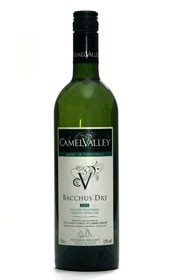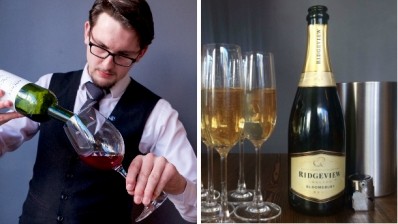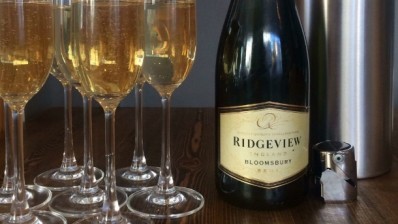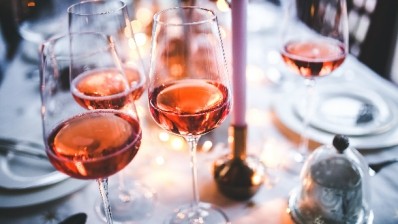Now's the time for English wine

This is the wine awards season, and, earlier this month, one small corner of the wine-making globe hauled in a record catch of medals.
Examining the results of the mighty trio - the International Wine Challenge, the Decanter World Wine Awards and the International Wine & Spirit Competition - which country do you think walked away with over 100 awards? Don’t look too far from home, because the answer is England.
That included an IWC Gold for a still white (for the first time), and two Decanter Golds. And this came just before English Wine Week which is being celebrated this week with a host of open days, special tastings, dinners and events at many wineries across the country. All in all, this spring is a great time to get to know English wine.
‘English wine awards success’ is not a headline you could have pictured a decade ago, not on an international level, anyway. But the past few years have seen a remarkable rise in the quality of English wine, and a welcome acceptance on the part of the consumer, helped along by the fashion for all local food and drink.
This year it’s official, thanks to last week’s competition results, and Bob Lindo, of Camel Valley winery in Cornwall, and chairman of the UK Vineyards Association, couldn’t be more pleased. ‘Consumer perception is much, much better, and there’s a more positive frame of mind among the producers,’ he reckons, adding that: ‘We’ve got more investment, and a new exchange of ideas with other wine countries now. These are all crucial factors to have in place.`
He would sound chuffed. Camel Valley was the winery to pick up that IWC Gold medal, for their dry, nettley Bacchus 2007 (pictured, above). And it’s undoubtedly true that English wine has never had such widespread acclaim, even in the face of a couple of dismal summers in 2007 and 2008.
Let’s get a few basic facts straight, then. First, it’s English, not British wine, an important distinction. British wine is generally made from imported grape concentrate, while English wine is made from grapes grown in English vineyards (just as Welsh wine is made from grapes grown in Wales). Second, modern English wine is now impressive when it comes to certain styles, but not when it comes to others.
Want a perfumed, delicate, dry white? Great - go for the grapes Bacchus, Madeleine Angevine or Seyval Blanc. Fine sparklers, displaying many of the attributes of Champagne, but arguably more crispness, and floral character? Bang on - the top bottle-fermented English labels, including Nyetimber and Ridgeview, are superb. But England still can’t produce gutsy, ripe reds, nor can it provide cheap, entry-level wines of any sort. Given low yields and small wineries, there are simply no economies of scale.
So, within these limits, what is the future for English wine in restaurants? I reckon it’s bright. If you feature locally produced food on your menu (and who doesn’t in 2009?), then you should consider listing a few drinks made in the region too. Not only ciders and ales, but wines produced on your doorstep. It may not be the cheapest, but, along with the local free-range pork, it should grab some serious attention.
That said, be careful to match the wines to particular dishes on the menu. Julia Trustram-Eve, managing director of English Wine Producers, thinks the best partners for English wines are: ‘Asparagus and dry whites made from Bacchus; seafood and all the dry whites; medium-dry whites with gently flavoured cheeses like Wensleydale; English sweet dessert wines and blue cheeses.’
She would, wouldn’t she? But I tend to agree. Not only does English sparkling wine make a wonderfully refreshing, crisp aperitif, but the whites go brilliantly with mild, fresh, savoury courses. Think of lighter, simpler dishes, though, as the English cool climate gives us delicate, elegant wines in contrast to the bigger, richer New World labels.
So, there’s never been a better time to fly the flag this Spring and list a few English wines. Quality, fashion, consumer confidence and all those medals. All we need now is a good, hot summer, preferably starting this week.
Tomorrow on BigHospitality: Sommeliers, restaurateurs and publicans give their views on English wine
Boost local-sourcing credentials by backing English Wine Week
The top 10 must-have wines for 2009























